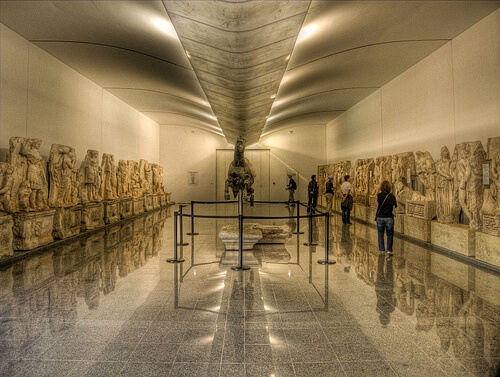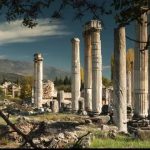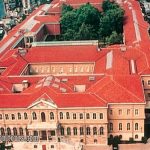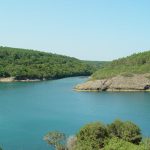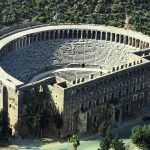Aphrodisias
Alongside my own guide, I had touched base in Aphrodisias, the city of figures, innovativeness, old vestiges and an account of how it commanded limited’s life about 500 years after it fell into blackness. Remaining in the long corridor of the exhibition hall, what I saw left me stunned. The lobby had no windows, only four white dividers, an entryway and a gleaming tiled floor that reflected everything on account of splendid lights sparkling down from the roof. Called the Sebasteion Hall, before every one of the four dividers, was the greatest gathering of life-like figures I have ever observed.
Aphrodisias Museum and Sculpture School
For about 5 centuries, the school of a figure at Aphrodisias was prestigious all through the Roman Empire. Individuals with a need to express imagination would head out from far away to take in the exchange from the best.
The school of models kept running from the first century BC to the sixth century and in the long run dwindled when the city grasped Christianity. Acclaimed specialists from that period additionally worked in the supreme capital of Rome and experts, for example, Kobonos and Zenan, were known for their trademark signature work.
As I strolled through the exhibition hall holding all statues revealed amid Aphrodisias’ uncovering, it was clear the unprecedented ability of the craftsmen was not misrepresented.
Including men, ladies, youngsters, creatures and divine beings, the wonderful cutting of eyes, face appearances, and even body muscle emerged quickly. On the status of unmistakable residents like Roman statesmen and high-society ladies, even the stream of the fabric from their timekeepers hung around them was repeated with correct accuracy. The work was the best of that time.
History of Aphrodisias
Sitting close Aydin city, in the Aegean district of Turkey, Aphrodisias revolved itself around the goddess Aphrodite, who spoke to love.
However, in light of little statues found amid unearthings, history specialists confirmed that the first Aphrodite of the city was in truth the Mother goddess of fruitfulness called Cybele that began in the Neolithic time frame.
Much like other antiquated urban communities in Turkey, it experienced many phases of administering by different domains however over several years, seismic tremors, attacks, and wars, left it in remnants.
In the long run, the city of Aphrodisias was lost. It sounds ludicrous to lose a city yet after renunciation by the subjects, the strengths of Mother Nature began work.
Structures, sanctuaries, houses and open spaces were in the long run immersed in the common development of land, and the dirt of the earth gulped down them.
At that point, one day, in the 1950’s a youthful picture taker heading to Aydin to photo another dam lost his direction and landed in the little town of Geyre.
As he sat there, drinking tea with local people, he saw houses worked with odd-looking stones.
Indeed, even on the dusty street tracks, old antiquated stones sat there in plenitude. Local people shrugged their shoulders, said the stones had dependably been there and were diverted at his fervor however he promptly took photos and sent them to all real travel productions of that time.

